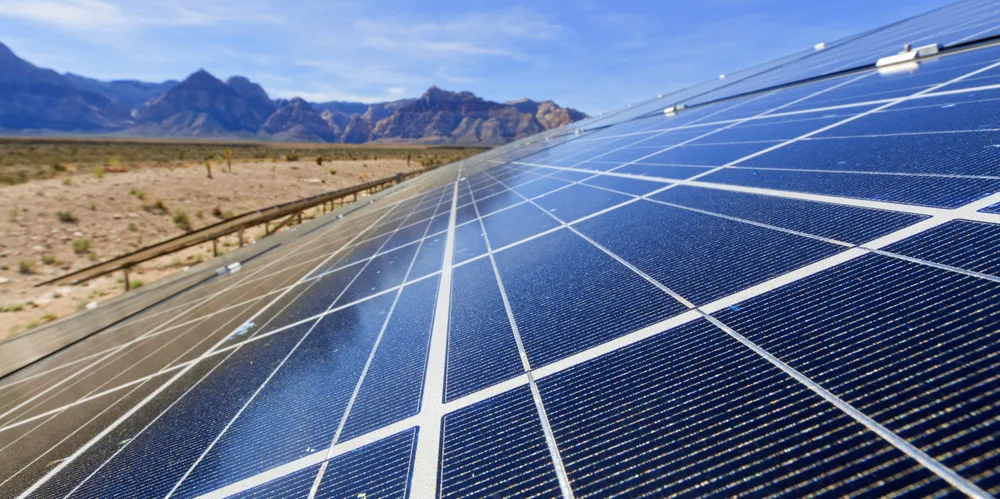US solar sets installations record on supply chain easing and climate law: SEIA
More importers able to satisfy documentation requirements but headwinds persist as industry awaits guidance on tax credits, says industry benchmark report

More importers able to satisfy documentation requirements but headwinds persist as industry awaits guidance on tax credits, says industry benchmark report
